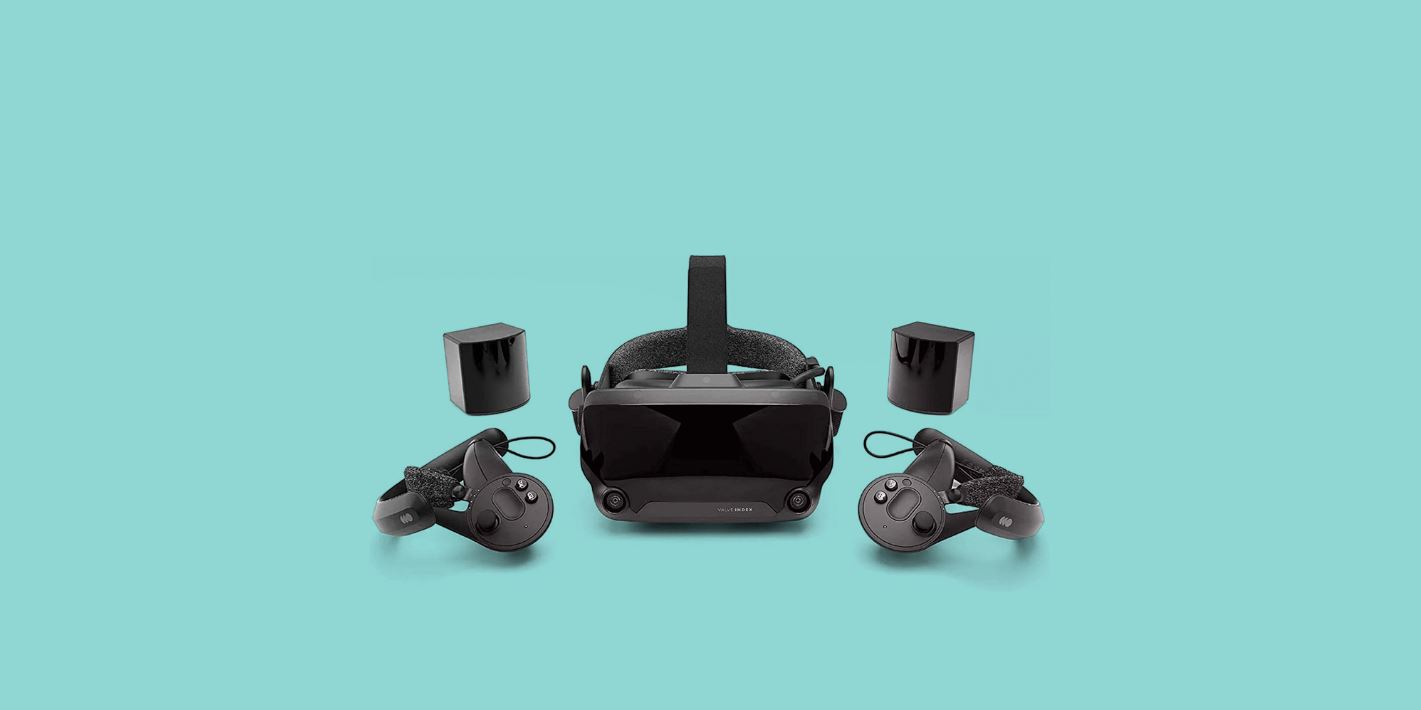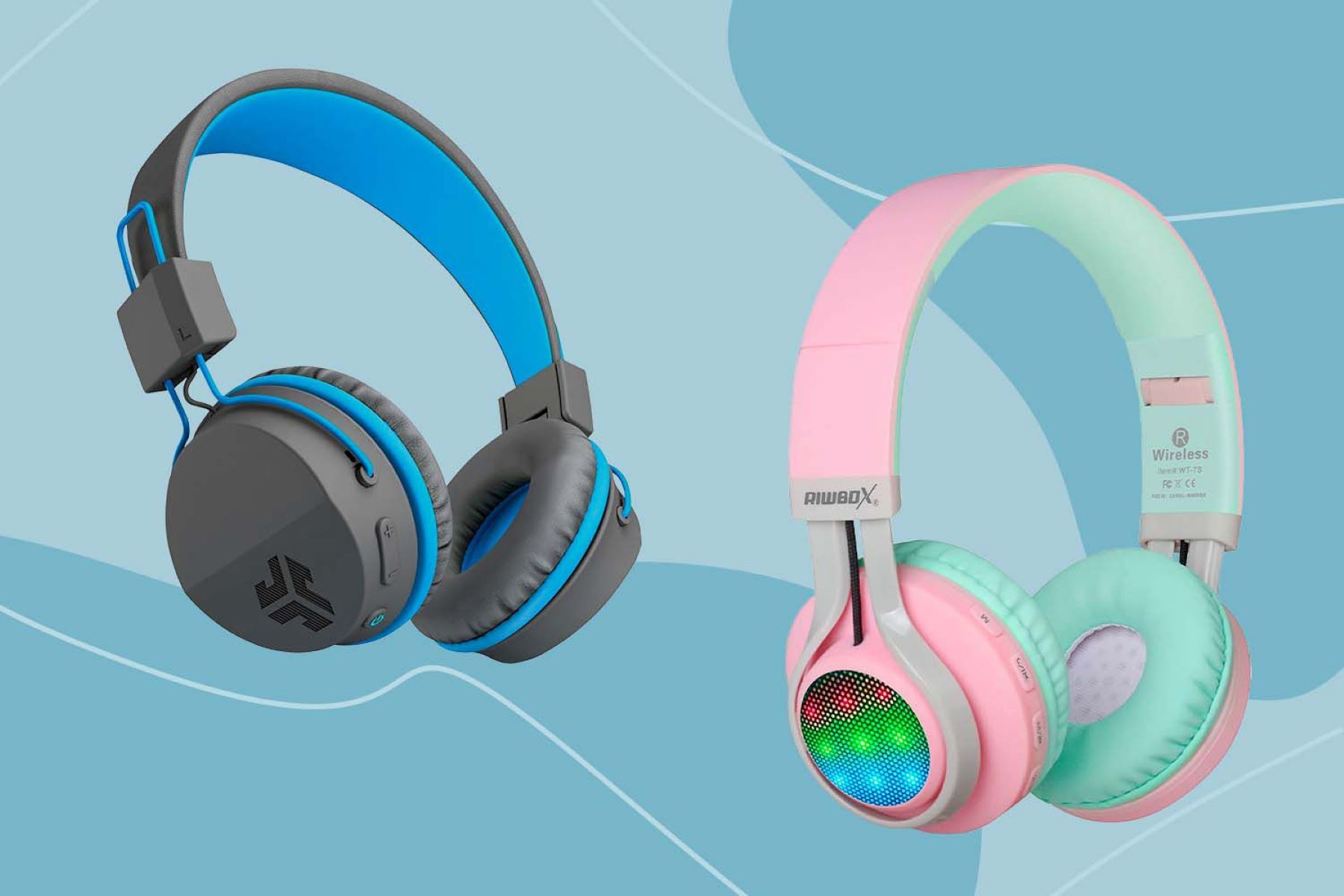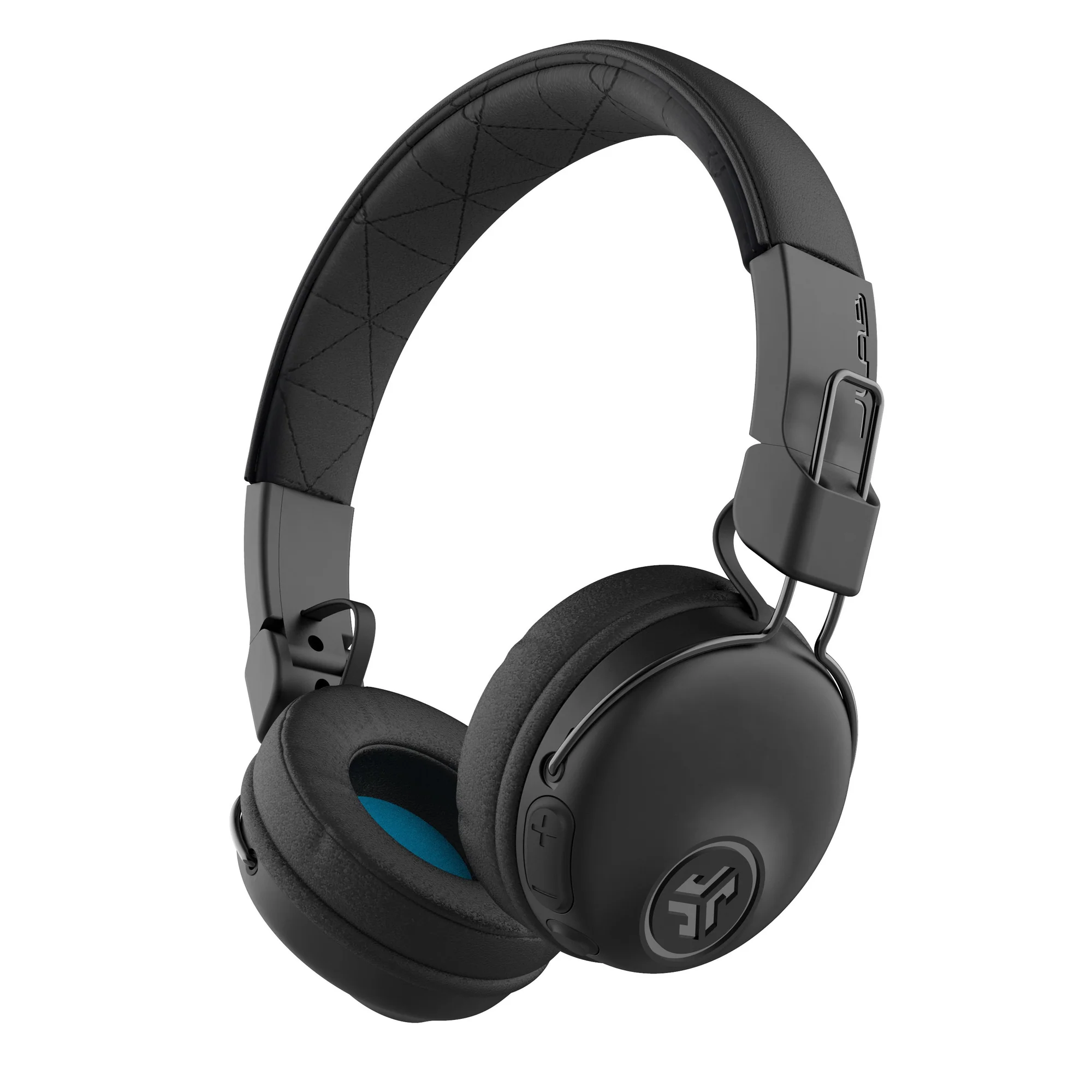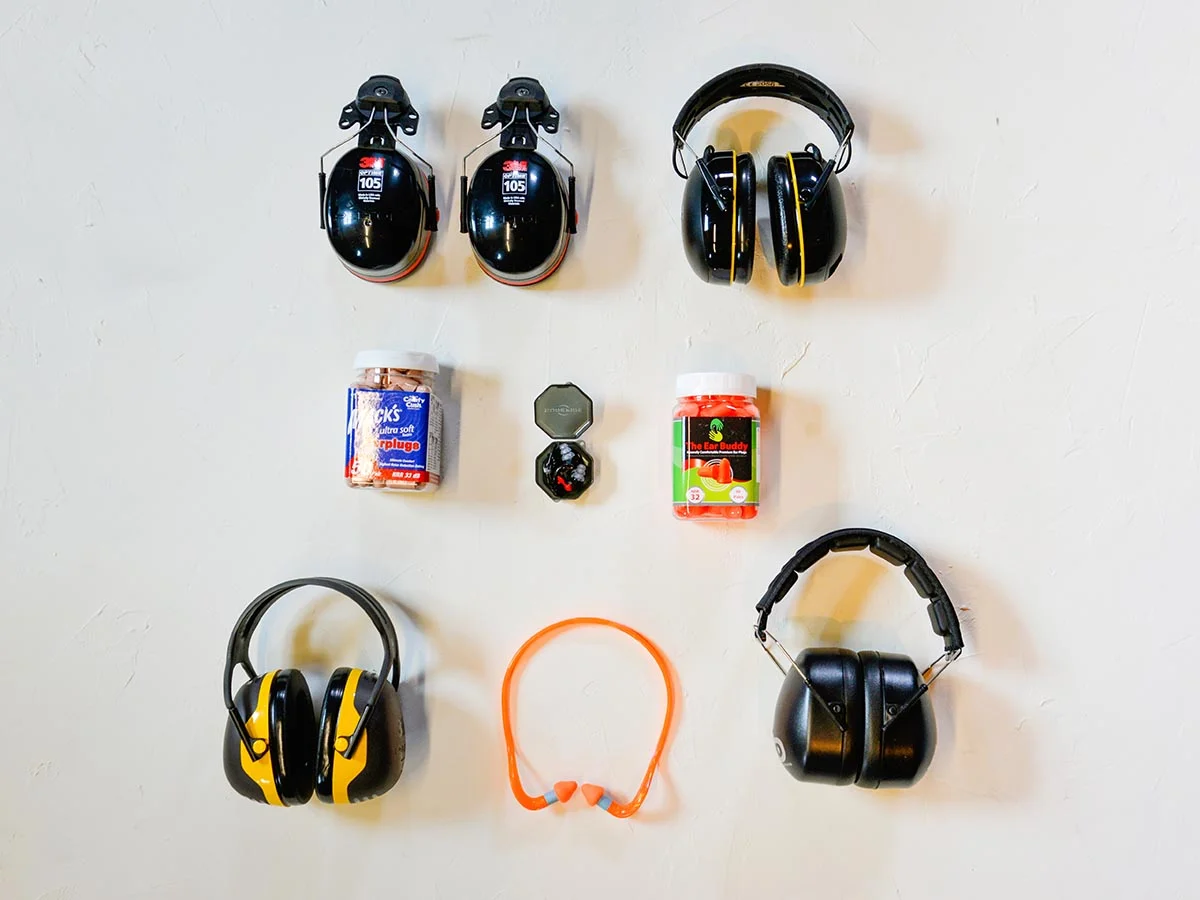Introduction
Gaming headsets have become an integral part of the gaming experience for kids and adults alike. These devices not only provide immersive audio but also enable communication with other players during multiplayer games. However, concerns have been raised regarding whether kids can hear their parents calling while wearing gaming headsets. In this article, we will explore how gaming headsets work, address the common question of whether kids can hear their parents while using these devices, and provide tips for parents to effectively communicate with their children when they are engrossed in gaming sessions.
The widespread use of gaming headsets has sparked discussions about their impact on communication within the household. Parents often wonder if their children can hear them when they call out while the kids are immersed in their virtual gaming worlds. Understanding the functionality of gaming headsets and their implications for in-house communication is crucial for fostering healthy interactions between parents and children in the digital age.
As technology continues to evolve, it is essential for parents to adapt to the changing dynamics of communication within their households. By gaining insights into the workings of gaming headsets and learning effective communication strategies, parents can maintain meaningful connections with their children, even during intense gaming sessions. Let's delve into the intricacies of gaming headsets and explore how parents can navigate this aspect of modern-day family dynamics.
How do gaming headsets work?
Gaming headsets are specialized audio devices designed to provide users with an immersive audio experience while gaming. These headsets typically consist of headphones and a microphone, allowing gamers to hear game audio and communicate with other players in real-time. The functionality of gaming headsets is rooted in their advanced audio and communication features, which enhance the overall gaming experience.
One of the key components of gaming headsets is their high-quality headphones, which are engineered to deliver clear and detailed audio. These headphones are often equipped with surround sound technology, enabling users to pinpoint the direction of in-game sounds with remarkable accuracy. This feature is particularly beneficial in competitive gaming scenarios, where spatial awareness can significantly impact a player’s performance.
Moreover, gaming headsets are equipped with noise-cancelling microphones that effectively filter out background noise, ensuring that the user’s voice is transmitted clearly to other players. This feature is essential for seamless communication during multiplayer games, as it minimizes distractions and enhances the overall clarity of in-game conversations.
Many gaming headsets also incorporate advanced audio customization options, allowing users to adjust audio settings to suit their preferences. These customization features often include equalizer settings, surround sound adjustments, and microphone sensitivity controls, providing users with a personalized audio experience tailored to their gaming needs.
Furthermore, gaming headsets are designed to be compatible with a wide range of gaming platforms, including consoles, PCs, and mobile devices. This versatility allows gamers to use the same headset across multiple gaming systems, ensuring consistent audio quality and communication capabilities regardless of the platform they are using.
Overall, gaming headsets combine cutting-edge audio technology with ergonomic design to deliver an immersive and interactive gaming experience. Understanding the intricate workings of these devices is essential for both gamers and parents, as it facilitates informed decision-making regarding their usage and impact on household communication dynamics.
Can kids hear their parents while wearing a gaming headset?
One of the common concerns among parents is whether their kids can hear them when wearing gaming headsets. The answer to this question depends on the design and functionality of the specific gaming headset being used, as well as the volume at which the game is being played. Gaming headsets are designed to provide immersive audio, which can sometimes result in limited external sound perception, including the ability to hear parents calling out.
Most gaming headsets are equipped with noise-isolating or noise-cancelling features, which are intended to block out external sounds and immerse the user in the game’s audio environment. While this feature enhances the gaming experience by minimizing distractions, it can also make it challenging for kids to hear their parents when they are wearing the headset, especially if the game volume is set at a high level.
Additionally, the fit and design of gaming headsets play a role in isolating the user from external sounds. Over-ear headsets, which enclose the ears, are particularly effective at blocking out ambient noise, further limiting the wearer’s ability to hear external sounds such as a parent’s voice from a distance.
It’s important to note that the ability of kids to hear their parents while wearing gaming headsets can also be influenced by the volume at which they are playing the game. High volume levels can significantly reduce their awareness of external sounds, making it difficult for them to hear their parents calling out to them.
While the immersive nature of gaming headsets can create challenges for parents trying to communicate with their children during gaming sessions, it’s important to approach this issue with understanding and open communication. Establishing clear guidelines for when and how communication should take place during gaming sessions can help mitigate the impact of gaming headsets on in-house interactions.
Ultimately, the effectiveness of communication between parents and kids while the latter are using gaming headsets depends on various factors, including the specific headset features, game volume, and established communication protocols within the household.
Tips for parents to communicate with kids using gaming headsets
Effective communication between parents and kids during gaming sessions involving headsets can significantly enhance the overall gaming experience while maintaining a healthy balance with household interactions. Here are some valuable tips for parents to facilitate communication with their kids while they are using gaming headsets:
- Establish clear communication protocols: Set clear guidelines for when and how communication should occur during gaming sessions. This may include designated break times for checking in with each other, using specific cues or signals to get your child’s attention, or establishing a communication-friendly environment within the gaming space.
- Use in-game communication features: Many multiplayer games offer in-game communication tools such as text chat, voice chat, or emotes. Familiarize yourself with these features and use them to convey important messages or check in on your child’s progress without disrupting their gameplay.
- Respect their gaming sessions: Acknowledge the importance of uninterrupted gaming time for your child and avoid unnecessary interruptions. Encourage open dialogue about their gaming schedule and find mutually agreeable times for communication outside of intense gaming sessions.
- Utilize alternative communication methods: If verbal communication is challenging due to the immersive nature of gaming headsets, consider using alternative communication methods such as sending text messages, using a communication app, or utilizing smart home devices to relay messages to your child while they are gaming.
- Adjust game volume levels: Encourage your child to maintain a balanced volume level while gaming to ensure they can remain aware of their surroundings and hear important external cues, including your voice when necessary.
- Respect their gaming equipment: Show respect for your child’s gaming equipment and space. Avoid touching or adjusting their headset without permission, and encourage open discussions about the functionality and limitations of gaming headsets in relation to communication.
- Engage in shared gaming experiences: Consider participating in cooperative or multiplayer games with your child, allowing for direct in-game communication and shared experiences that foster a deeper connection while gaming together.
By implementing these tips, parents can effectively navigate the challenges of communicating with their kids during gaming sessions involving headsets, fostering a supportive and understanding environment that promotes healthy interactions both within and outside of the gaming sphere.
Conclusion
Gaming headsets have revolutionized the way individuals experience and interact with video games, offering immersive audio and seamless communication capabilities. For parents, understanding the impact of gaming headsets on household communication is essential for maintaining meaningful connections with their children, especially during intense gaming sessions.
While the immersive nature of gaming headsets can pose challenges for parents trying to communicate with their kids, it’s important to approach this issue with empathy and proactive strategies. By familiarizing themselves with the functionality of gaming headsets and implementing effective communication protocols, parents can navigate this aspect of modern family dynamics with greater ease.
Moreover, open dialogue and mutual respect between parents and children regarding gaming habits and communication preferences are crucial for fostering a harmonious gaming environment within the household. By establishing clear guidelines, utilizing in-game communication features, and respecting the importance of uninterrupted gaming time, parents can strike a balance that allows for meaningful interactions without disrupting their children’s gaming experiences.
Ultimately, effective communication with kids using gaming headsets requires a thoughtful and adaptable approach that acknowledges the unique challenges and benefits of gaming technology. By embracing these challenges and leveraging communication strategies, parents can foster a supportive and engaging environment that bridges the gap between gaming immersion and familial connections.
As technology continues to evolve, the dynamics of communication within households will undoubtedly undergo further transformations. By staying informed and proactive, parents can continue to nurture strong connections with their children, even in the midst of the ever-evolving gaming landscape.

























